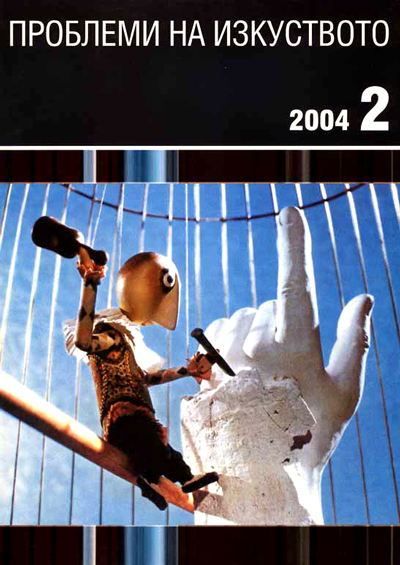
We kindly inform you that, as long as the subject affiliation of our 300.000+ articles is in progress, you might get unsufficient or no results on your third level or second level search. In this case, please broaden your search criteria.

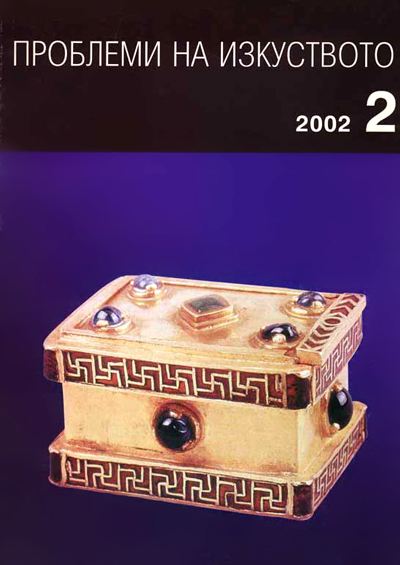
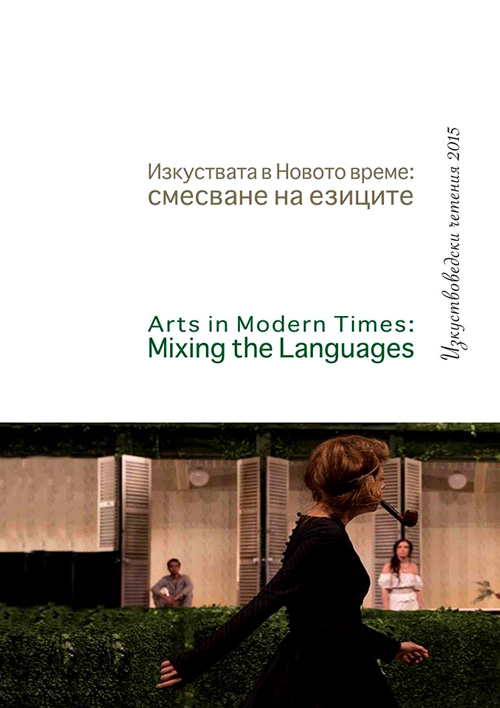
The New Realism in theatre is a hybrid dramatic form, established in the late 1990s by German director Thomas Ostermeier, who mixed on the one hand the languages of different arts and on the other hand, different dramatic languages. The paper follows two especially defining interactions in this type of a contemporary stage practice: the combining of the language of drama and the language of film with the new technologies and the specific combining of the maximal external authenticity of actor’s presence and material environment with the revealing and display of the actual experience of contemporary man, magnifying and exaggerating onstage otherwise concealed tensions, distortions and excesses of movements, gestures and intonations. These two types of ‘mixing the languages’ are examined using as examples the emblematic Thomas Ostermeier’s productions Shopping and Fucking, A Doll’s House, Hedda Gabler, Dominic Cooke’s The Comedy of Errors and Bulgarian Director Yavor Gardev’s Hamlet.
More...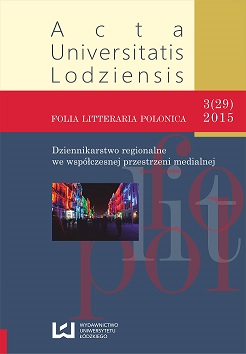
The article is a transcription of an interview with Piotr Słowikowski – a journalist from Lodz associated for many years with TVP Lodz (one of the regional branches of TVP, Poland’s public television broadcaster). The conversation focuses on the most significant TV programs (individual and series) produced by Słowikowski, as well as figures he considers to be particularly important for various reasons. Overall, it seems difficult to reconcile the prestigious and educational nature of Słowikowski’s productions with the contemporary perception of television as a medium for sensation and entertainment.
More...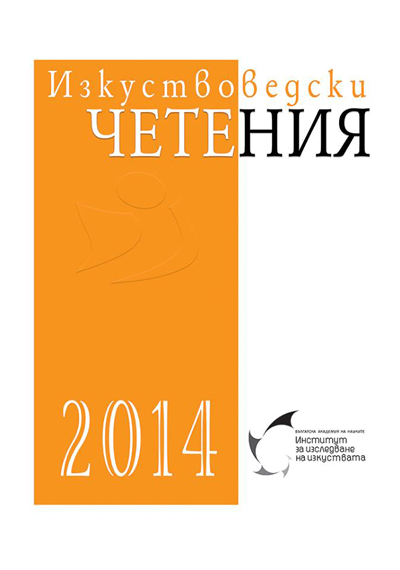
Raising this issue is important for several reasons. First of all, settling it would give an answer to the following question: if it is a public good, is then a cost-benefit analysis, which is the main method of studying public financial return, applicable to the fate of a completed movie? Utility is the major criterion in public funds spending, so is it measurable in the case of Bulgarian feature film projects and is there an answer to the question what utility unit is implemented to measure a unit of invested public resource? On the other hand, to what a degree are the methods for allocating public funds consistent with the traditional legal and economical mechanisms for spending public money? Equally important is the question of holding the project’s authors accountable for appropriate spending as well as of the options for an ex post audit by the public institution involved.
More...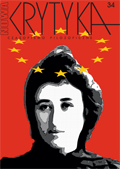
There are at least a few reasons to consider deeply the art of Aleksandr Rodchenko. Undoubtedlya pretext is an exposition that had taken place in National Museum in Cracovduring the Month of Photography between May and August 2012: „Aleksandr Rodchenko.Revolution in Photography”. Nevertheless, apart from photographic creation of Rodchenkoit is worth to put an interest on his painting from one side and on the other onmanifests of constructivism and texts on art, photography, society and on his perceptionof future. Then appears an image of the whole Rodchenko’s artistic figure. In this figureseems to dominate an architectural form of seeing and of constructing of space in its‘visual, social, political, ideological and philosophical aspects.Rodchenko was looking on the world, the reality surrounding him through prism ofarchitecture, plan, construction. This architectural form of seeing, explicit in Rodchenko’sart, is present on many levels and has deeper meaning referring itself to „the constructionof the new world“ and has theoretical reasons on social, political, artistical andesthetical basis.
More...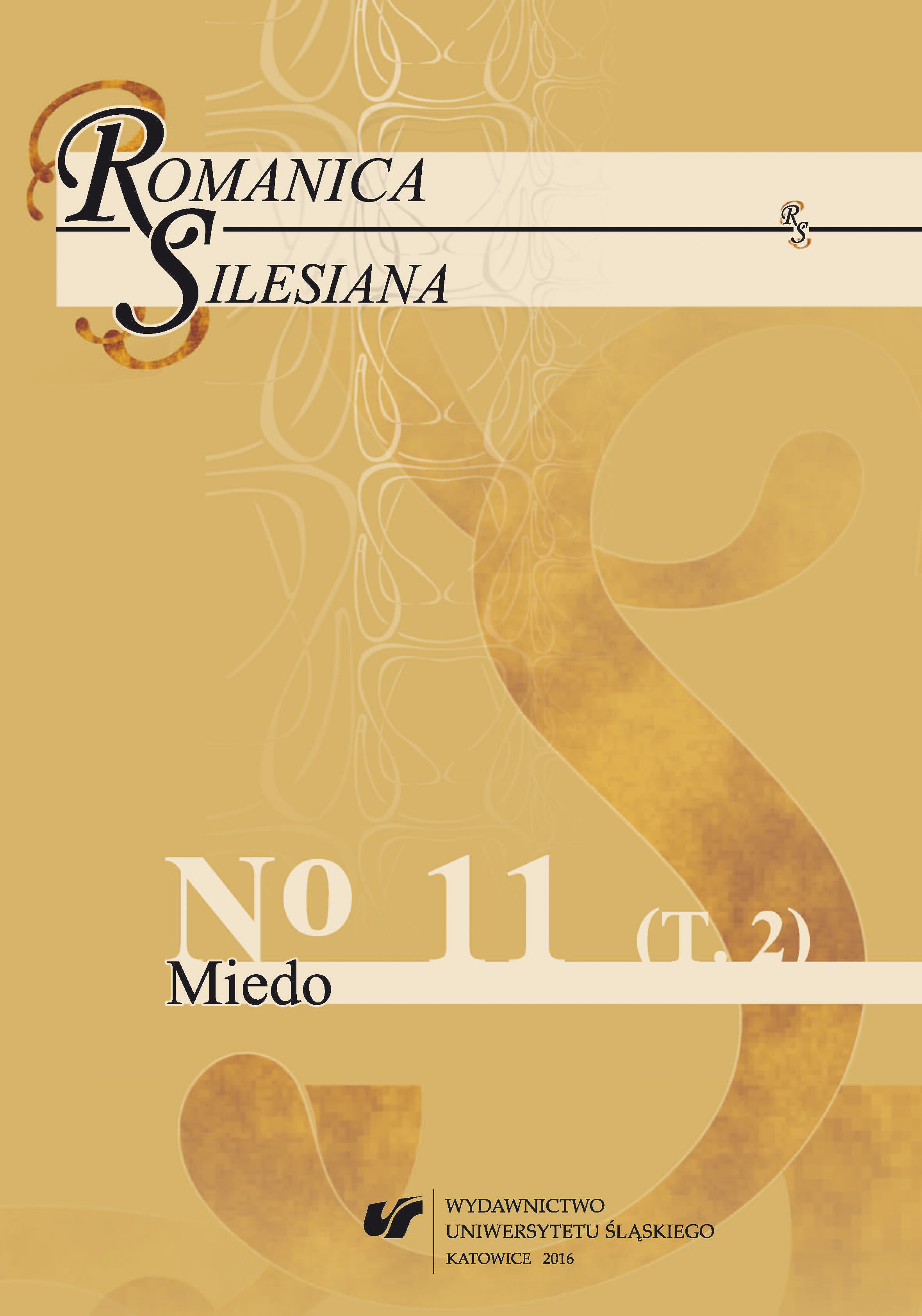
After the excesses of his previous terror movies, the Spanish director Jaume Balagueró returns to a more sober narrative to explore the mechanisms of anguish in an oppressive thriller behind closed doors, “Sleep Tight” (“Mientras duermes”, 2011). Influenced by Hitchcock and Polański, he proposes a new variation on the spatial motif of a building which becomes the nest of daily evil embodied by César, an ominous concierge who intrudes into the residents’ intimacy and endeavors to ruin their existence. The present article aims at analyzing the principal filmic and narrative strategies of anguish deployed in this movie. The director elaborates a Manichean costumbrista tale where he probes the atavistic fear of a nocturnal monstrous presence that may perturb the reassuring normality of domestic space. Through the construction of a rigorous rhetoric of repetition, Balagueró places the viewer in a disconcerting narrative in‑between and invites him to participate actively in the pernicious game orchestrated by his protagonist, depicted as a methodical agent of everyday terror.
More...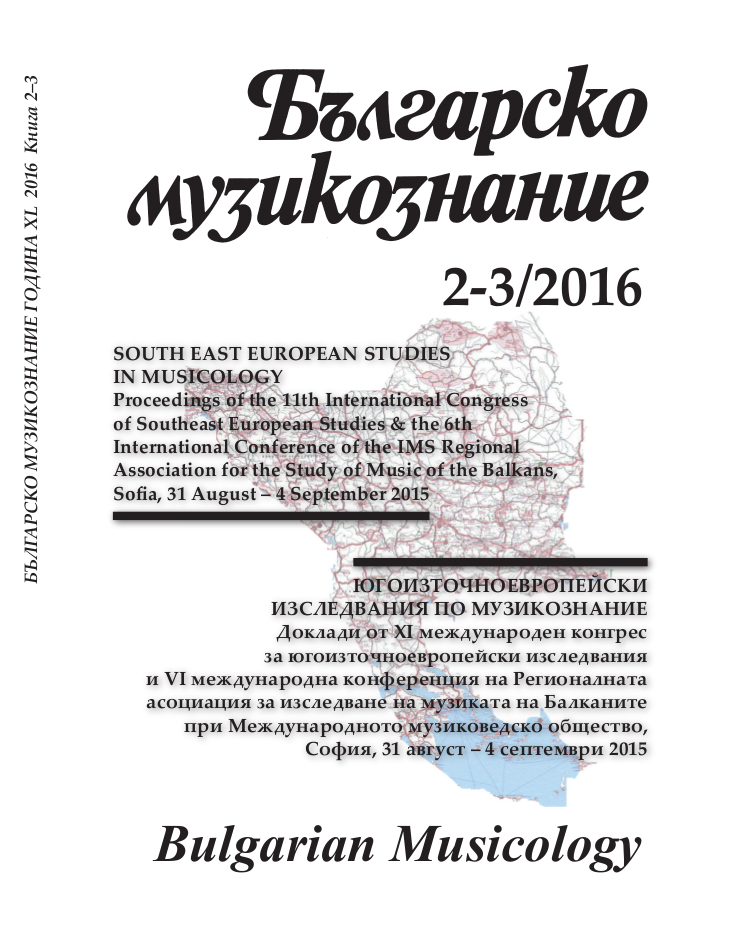
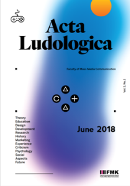
Interview with Masayuki UEMURA by Zdenko Mago
More...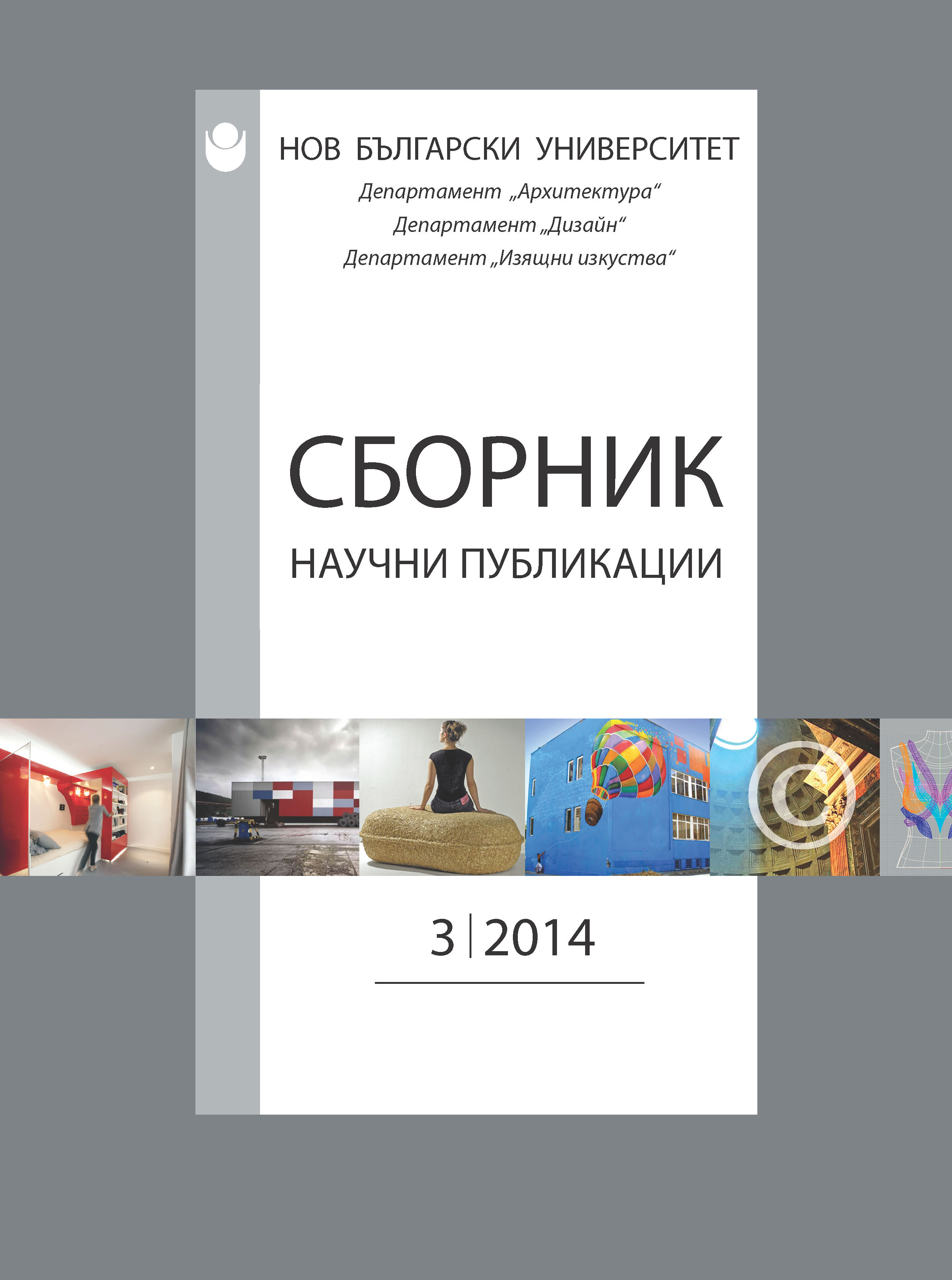
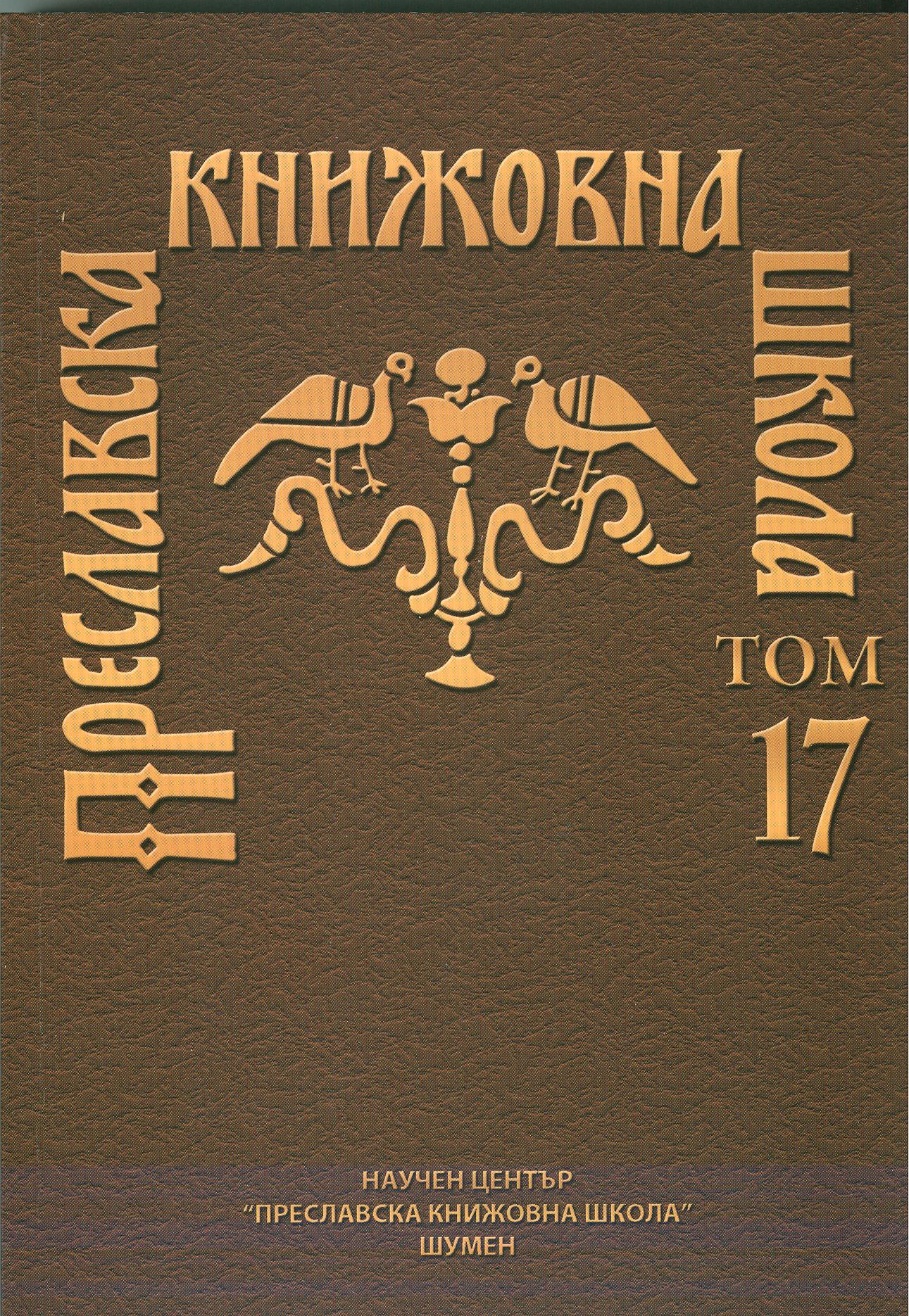
This article is on the presentation of an aspect of the Huno-Bulgarian shepherd’s title zhupan with it’s Chinese root (turk. Cuban, coming from the Chinese tsou-pan 'chanceller' and tsou 'municipality), where among the nomads it became to mean "shepherd" (Turk. çoban) in similarity to the Hun ethnonym (Chinese hun 'shepherd’). In this connection, there is the Hun family Chuban from the Dulo family clan and their state Chuban to the north of Tian-Shan Mountain. The Slavs adopted the Zhupan title and the title pan / ban associated with it, meaning 'Mister', from their Hun masters preceding their migration in the 6th century. The Zhupan title was first witnessed in the treasure of Asparuh from Banat (Nagy Sent Miklosh) in two configurations made up from two parts each - Greek and a pseudo-runic ones. The first variation is on Plate № 20: bouila zoapan "His highness the Zhupan" (from boi 'high' and -il 'knyaz, homeland’, comp. zoupanos megasis "great Jupan) and bataul zoapan "the elder son of the Zhupan” (from bat 'Great, big brother' and aul 'son', comp. the firstborn Bat Bayan). The ruler’s seal on plates № 9 and № 10, the cups with high stems and the rhyton, testify the second variation. The letter-symbols were inspired by old pictogram signs for different objects in the spirit of the Chinese writing tradition – for example, "o" is a half-moon; the Greek „п“ is a square, the Latin "c" is refracted to as a rhyton, the initial "E" of Espererich (Khan Asparuh in the Nominalia of the Bulgarian khans) has skew horizontal hinges like a horse-tail flag. The inscription is a title in two parts of khan-jupan and has not yet been registered, elsewhere: E (spererich) can jop(a)n. The letter "zh" in "zhopan" has been used for a long period of time as an initial-symbol of the zhupan until the reign of Khan Omurtag (814 - 831) – e.g. on the hips of the lions in Pliska and Chatalar, on a stone block from the pagan temple-nympheum at Madara and on tiles. Another variant of the letter "zh", adapted by the Glagolic letter and also used separately as a sign of the zhupan, is witnessed on a sword, the stone block from Byala, the rock of the nympheum at Madara. In terms of the Glagolic prototype of the letter testifies the star-shaped seal from Pliska with the formula of the Good Shepherd (IYI + ЖУБАНЪ) of the homeland (ЕАЛѢ- from Turk. il 'district, province, country, prince' with -ѣ for the possessive case) water and military constructor – СУ ѢѰ (Turk. su 'water' and sü 'army', comp. proto-Bulgarian subegi 'millitary beg’ and Turk. yap ‘set up’ with verbal adverb -s). The inscription is composed vertically in bustrophedoneon so that the first row is being read from top to bottom and from left to right, whereas the second row is read from bottom to top and from right to left. While some Cyrillic letters have a completed character (e.g. Ъ), others are still in the process of adjustment from the Glagolitic alphabet (e.g. Ж, А, Б, Ѣ). The runographical written tradition ends up with the dethronement of Prince Vladimir Rasate (890-893).
More...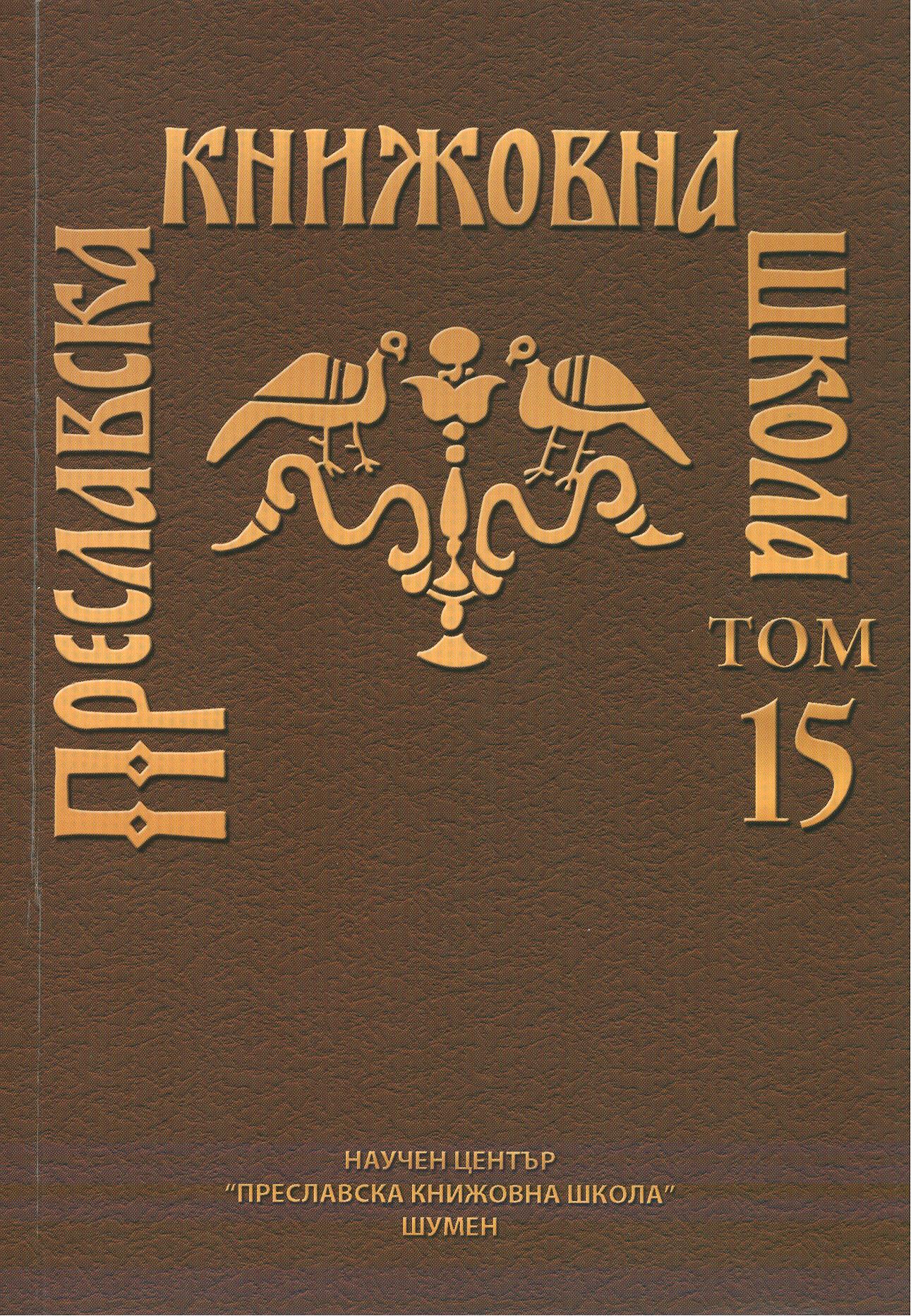
Based on the complex interrelations between word and image, present paper aims to elucidate penetrating correlation of the theological thought of the time with the art of a specific epoch. Accent is putted on the Hesychasm and its influence over Byzantine iconography in the fourteenth century AD, especially what concerns the formation of a new, unusual form of mandorla, called “hesychastic”. In order to explain its rise and further development in Byzantine and Post Byzantine iconography, we will discuss the earliest few patterns of “hesychastic mandorla” from the very beginning of the century and will compare them with several subsequent examples. Central point of our research will be to find out which one is the earliest known “hesychastic mandorla”, and where this type of mandorla has emerged. Generally shared view claims that the new form has been produced firstly in Thessaloniki, in the partially survived Transfiguration mosaic of the Holy Apostles Church. Here we will proceed from the assumption that the prime model originates from Constantinople, caused by the theological and artistic milieu in the metropolis and probably found its place first in the wall paintings of the Chora Church. In order to support this hypothesis we will pay special attention to the relationships between the first and the second city in the Empire, we will discuss intervisuality between the iconographic models in both churches and will try to propound a new interpretation of the timing of the wall decorations in the Holy Apostles Church.
More...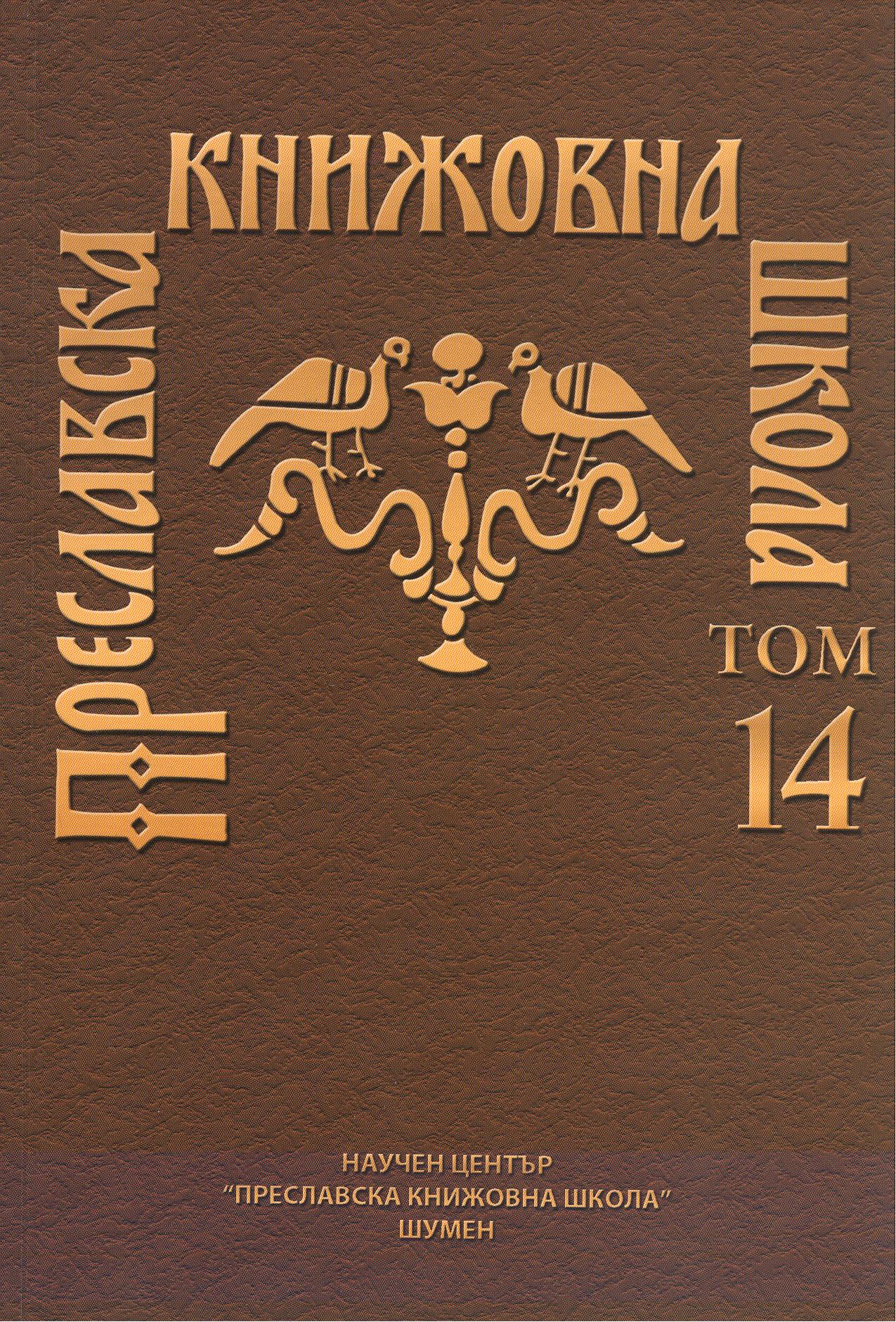
The legend of Avgar had provoked an extreme interest for centuries in Syrian medieval literature and a number of Syrian and Greek authors focused on it from IVth until XII-XIVth century. At the end of IXth century – the beginning of Xth century Bulgaria turned into a crucial center in Christian culture and one of the numerous translated Greek texts into Slavonic is the legend of Avgar. The first ceramic icon in the capital city of Veliki Preslav during the reign of Tsar Simeon appeared in a miraculous way from a received image of Avgar - the holy Mandylion. This image could also be put down to the images which were not handmade and gained broad recognition. Two basic conclusions could be derived from the legend of Avgar: 1. the initial “sacredness” of the ceramic iconography could be explained and 2. the Tsar Simeon’s ruling ambitions became explicit, that “new Avgar”, during which reign the legend was translated into Bulgarian in the capital city of Preslav.
More...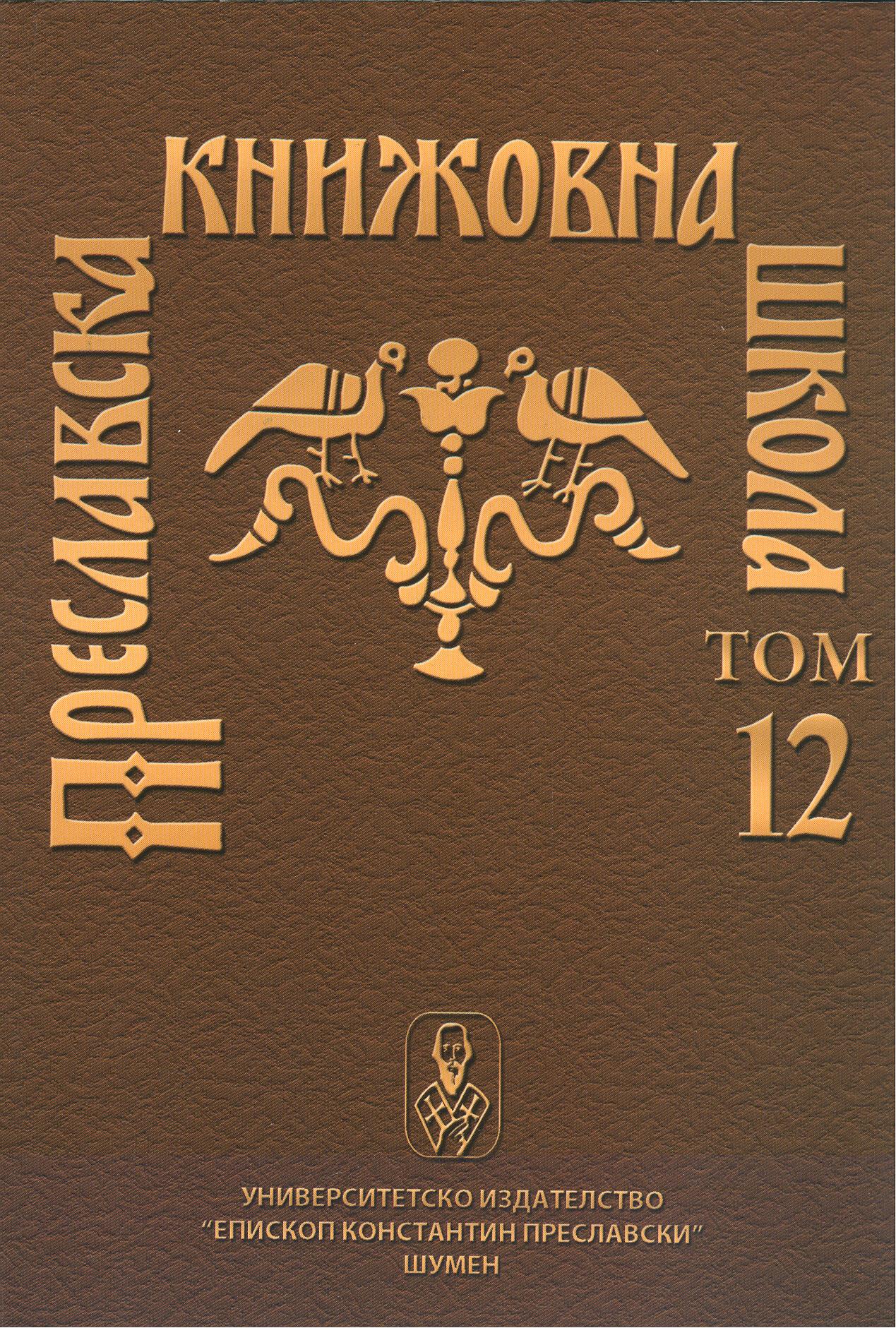

This medieval monastery combines Bulgarian, Byzantine and Georgian Orthodox church traditions. It is one of main landmarks of the Stroumitsa region in modern Macedonia. It is devoted to the Virgin Mary Eleusa icon reconsidered by the local populace as "Veliusa". The cloister was founded in 1080 by the monk Manuel who came from St. Auxentius monastery in Bithynia (Asia Minor) and later became Bishop of Tiberioupolis (Strumitsa). Veliusa possessed large land properties confirmed by four chrysobulls of the Emperors Alexius, John and Manel Comnen. The church has four apses and an octagonal dome with a chapel added to the south. In the second half of the 14th century an exonarthex and a shed were built to the south as well. Another shed was later made at the north wall. The church contains partially preserved brilliant frescoes from two periods. The first ones date from the 11th-12th century and belong to the Comnen art school. Later murals from the 12th century are found in ! the exonarthex and the southern shed. Other gems of the church are the original marble iconstand and the floor mosaic of the 11th century. The Veliusa monastery was dependent on the Iber monastery on Mount Athos. It was burnt down during WW1 but is now thriving. The 10 nuns who inhabit it are engaged in lively economic and publishing activities.
More...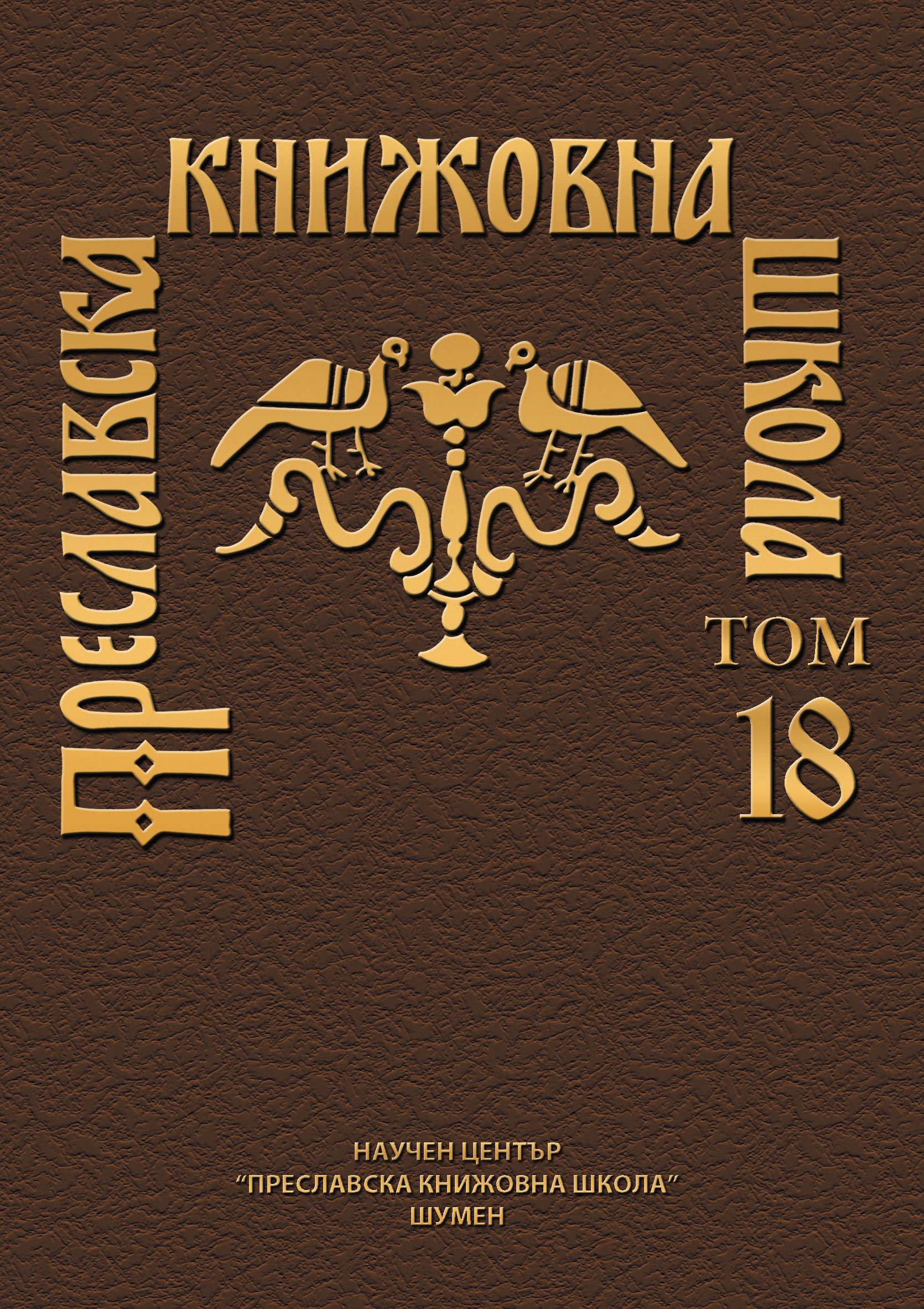
This article refutes the thesis of depicting the prince Boris Vladimirovich of Russia in the renowned Manuscript of Didactic Gospels by Konstantin Preslavski (Sinodalen 262). The complete publication of the mural paintings from the medieval Bulgarian metropolitan Turnovo and Serbian monastery of Mileshevo allows tracing evident tendencies in the portraits of the rulers. The art specialist analysis of the miniature from the manuscript Sinodalen 262 and the attached codex of orations of Hippolytus of Rome from the Chudov monastery of Moscow (Chudov 12) demonstrates unambiguous similarities with the portraits of grand rulers from Byzantine and mostly the Balkan tradition, the latter being traced from the 12th to the 14th century (Tarnovo, Mileshevo). The rulers' crowns in the portraits are highly significant. Reviewing the icons and encolpions of the Russian Saints Boris and Gleb of the same time also leads to allusions to both miniatures. This analysis supports the thesis about the existence of literary centres within the Bulgarian territories under Byzantine rule between the 12th and the 14th century. This article holds the thesis of a late Bulgarian antigraph of the Old Rus’ transcript of the Didactic Gospels from the mid-12th century by an archaic protograph. It was needed and used on Russian territory during the service of Kliment Smolyatich (Metropolitan bishop of Kiev, 1147–1155) who was elected by Russian bishops without interference from Konstantinopol.
More...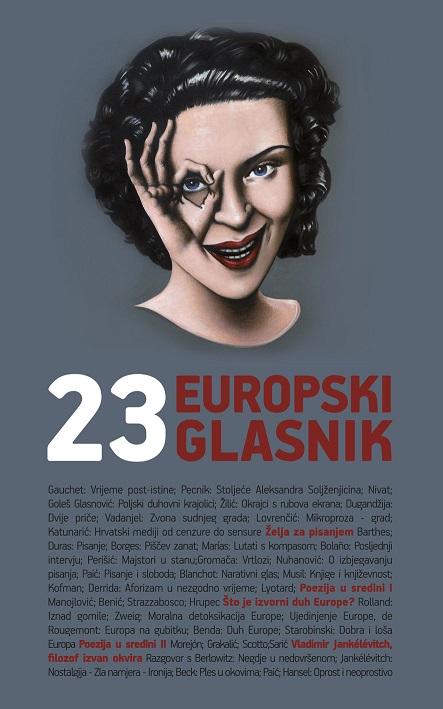
I nije neko iznenađenje da ironija skriva izvjesne opasnosti, kako za ironičara samog tako i za njegove žrtve. Manevar je riskantan, i, kao svaka dijalektička igra, uspijeva na jedvite jade : milimetar ovamo – i ironičar je poruga licemjera; milimetar onamo - i prevarit će sama sebe zajedno sa svojim žrtvama; udruživanje s vukovima podrazumijeva akrobaciju koja šeprtlju može skupo koštati. Ironija, pod prijetnjom brodoloma, mora pogibeljno navigirati između Haribde igre i Scile ozbiljnosti: prva od tih zamki otklizavanje je ironije u ludičko, druga ponovni pad alegorije u naivnu tautegoriju; ironija čas podlegne vrtoglavici dvosmislenosti, i dvosmjernost gramma i pneuma je uspije izludjeti; čas pristaje uz gramatičku doslovnost jednoglasno izabravši odustajanje od dvosmislenosti. [...]
More...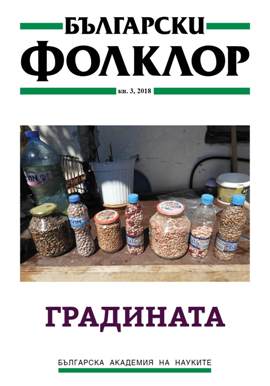
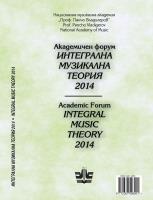
This paper presents a small portion of ongoing research addressing the sacred celebrations and chanting practices in Slavia Orthodoxa from the 11th to 13th centuries. The focus is on the instructions for musical performance as prescribed by the rubrics in extant copies of service books. The investigation focuses specifically on a description of the singing at table during the August 15 Feast of the Dormition of the Theotokos, as recorded in a 12th-century copy of the Studite Typikon, the rule in use at the Kiev Monastery of the Caves, during the time of its founder, Theodosius. It is an early account describing in detail the musical performance of the festive hymnody outside the Divine services. An excision and abstraction of the chanted numbers from their liturgical context this early in Slavic ecclesiastical history hints at a primal developmental stage of such paraliturgical, and distinctly Slavic, musical-devotional forms as the Kolyadi and the later Spiritual Verses. The musical settings are then located in contemporaneous musical manuscripts, and are presented and examined within the context of the occasion. The paper concludes with a reconstruction of one of the chants for the Dormition feast.
More...
The study is focused on the dynamic processes taking place in the Orthodox singing practice over the 16th and the mid 17th c. That was the time when znamenniy raspev co-existed alongside with its later monophonic variants, as well as the Old Russian polyphony. In modern medievalism this sum of chants is expressed by the collective term mnogorazpevnost (multi-voice chanting). The term scale does not exist in Old Russian theory. The formation of the scale notion is related to the understanding of the tone as a separate unit. A brief historical overview is presented, based on the periods concerning the formation of the notion of point, respectively, of a music straight line. The short-range melody is closely connected with the Russian understanding of a musical system consisting of four identical trichords (soglasie). The study includes a tessitura-timbre argumentation for the formation of the notion of scale. This clarification supports the idea of the ascetic nature of this type of singing. Singers’ interchangeability when singing any of the parts in the multi-voice chants is related to the conceptual understanding of singing as an act of obedience. Despite the fact that the term obihodny zvukoryad (obihodny scale) was established in the 17th c., Western European theorists make interpretations based on negative comparison. Scale is at the same time viewed as trichord (soglasie), tetrachord and hexachord.
More...